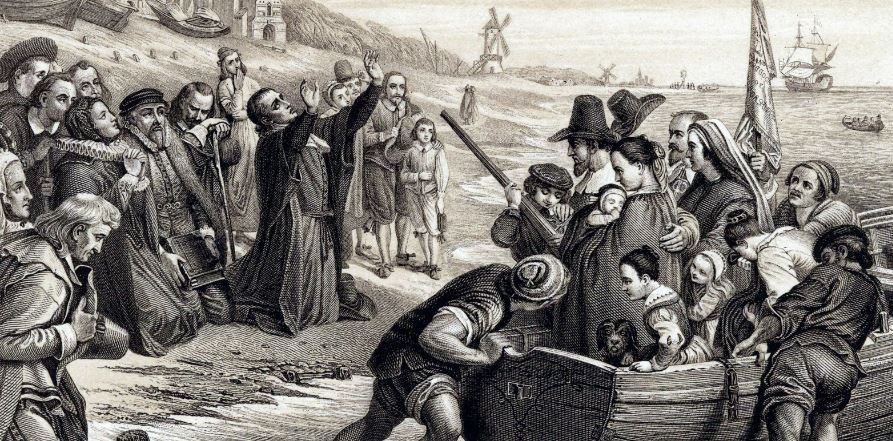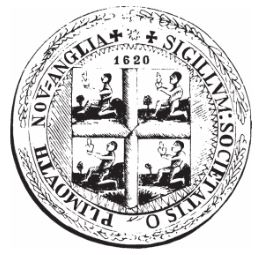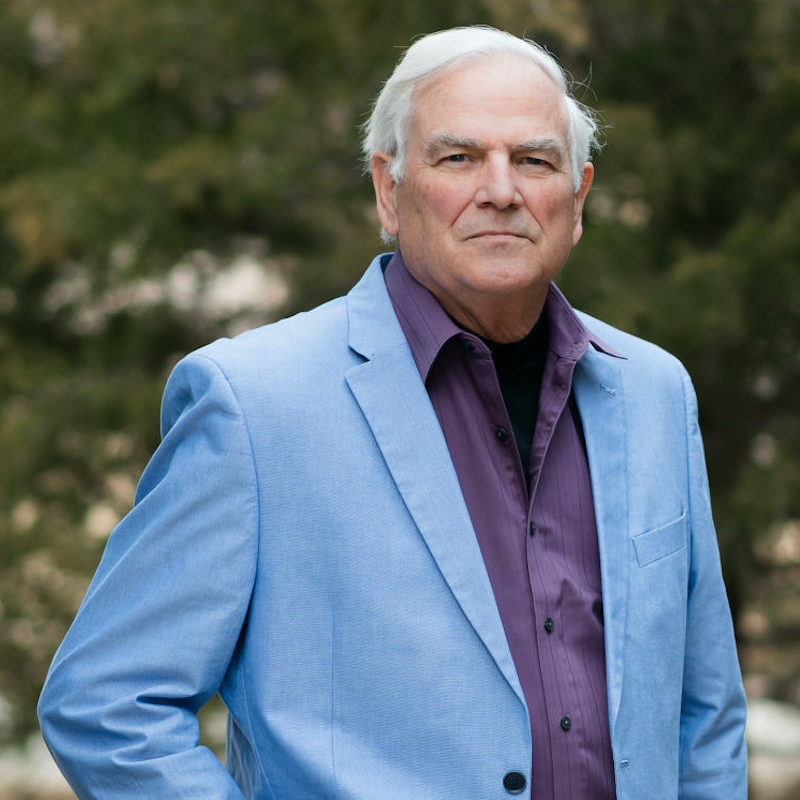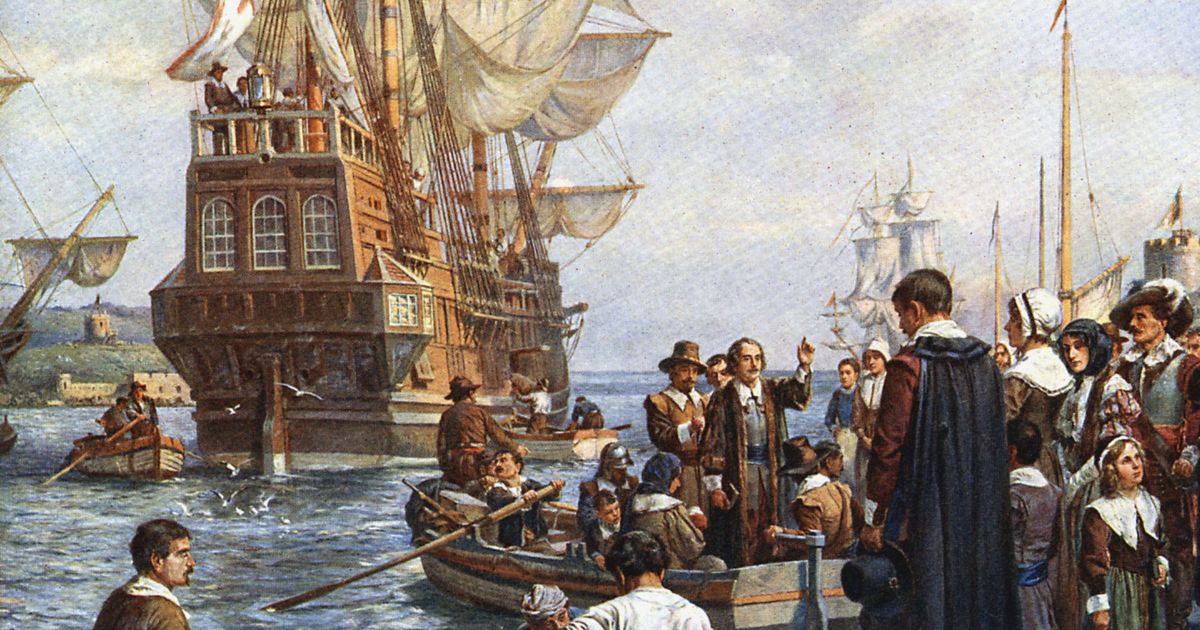Our story begins with Charles I. As the ruler of England, Ireland, and Scotland from 1625 to 1649, Charles I found himself embroiled in a pivotal struggle concerning the future course of the Church of England—a common concern for monarchs of his era. The central debate revolved around the English Reformation in the mid-1600s, with the key question being whether Charles, as the head of the church, should adopt the Arminian theology, emphasizing clerical authority and individual autonomy in salvation decisions, or maintain the Church’s existing structure.
Despite Charles’s inclination towards Arminian Theology, this stance faced vehement opposition from Calvinists who deemed it heretical and feared it could pave the way for the reintroduction of Roman Catholicism. Charles’s alignment with Arminian teachings and his desire to shift the Church of England away from Calvinism towards a more traditional and sacramental direction were interpreted by Puritans as indications of irreligious tendencies on his part.
The Arminian Controversy and Puritan Dissent
In the late 1620s, Puritans were divided into two factions: one believed in reforming the Church of England from within, while the other, known as the Separatists, deemed the Church irredeemably corrupt, advocating complete separation.
This divisive atmosphere set the stage for Thomas Lambert’s contemplation of emigrating to the New World in 1630. Although he faced no direct religious persecution in his Kent locale, being a separatist exposed him to the threat of imprisonment in London for anti-Church of England activities. Initiating discussions with Reverend John White of the Dorchester Company, a part of the Massachusetts Bay Company, Thomas, having lost two wives, saw the journey as an adventurous escape from his single life—an experience akin to being an astronaut in his time. Little did he anticipate that this venture would weave his family into the tapestry of deafness history in the New World, particularly in Massachusetts and the United States.

Thomas Lambert’s Pilgrimage in the “Great Migration”
Promised land in Dorchester, Massachusetts, by Reverend White, Thomas eagerly joined the Pilgrims in the “Great Migration,” envisioning an exciting journey into the unknown, free from the specter of religious persecution under Charles I and others.

Seal Of The General Court of Plymouth Colony
Embarking on the Mary and John on March 20, 1630, a 400-ton ship captained by Thomas Chubb, Thomas arrived in Dorchester, Massachusetts, on May 30, 1630. Initially settling in Scituate on Cape Cod, he later accumulated 18 acres in Dorchester by 1631. Thomas, a Freeman, married Joyce in 1634, and in 1639, the couple moved to Barnstable, where Thomas became the settlement’s first inhabitant. Authorized by the Plymouth General Court to provide food and draw wine, Thomas also served as the Barnstable Surveyor of Highways in 1649.
In Barnstable, he and Joyce raised seven children, marking the continuation of a remarkable journey.
Thus ends the first part of a Pilgrim’s tale fitting for Thanksgiving week. It also sets the scene for next week when Hearing International tells the fascinating story of how Martha’s Vineyard, a small island off the Massachusetts coast, became one of the largest Deaf communities the world has ever known.
References:
- Clare. (2014). Caleb’s Crossing: A glimpse of Martha’s Vineyard in the 1600s.
- Lane,H., Pilford, R., and Hedberg, U. (2010). The people of the eye: Deaf ethnicity and ancestry
- Dorchester Antheneum (2007). This Mary and John.
About the author

Robert M. Traynor, Ed.D., is a hearing industry consultant, trainer, professor, conference speaker, practice manager and author. He has decades of experience teaching courses and training clinicians within the field of audiology with specific emphasis in hearing and tinnitus rehabilitation. He serves as Adjunct Faculty in Audiology at the University of Florida, University of Northern Colorado, University of Colorado and The University of Arkansas for Medical Sciences.
**this piece has been updated for clarity. It originally published on November 25, 2014







